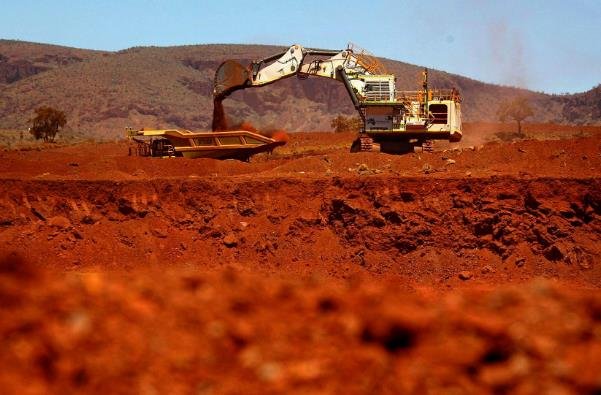Fiona Hick, the chief executive officer of Fortescue Metals Group, has resigned from her position after only six months in the role. The Australian iron ore miner announced the abrupt departure of Hick on Monday, as it reported its weakest annual profit in three years.
Hick joined Fortescue from Woodside Petroleum in February, becoming the first female CEO of the company. She was expected to lead the miner’s transition from a pure play iron ore producer to a diversified renewable energy and resources major.
However, Fortescue said in a statement that Hick made a joint decision with the board to leave, without giving any specific reason for her exit. “The departure of Fiona has been both friendly and mutual and we warmly wish her the best for her future,” the statement said.

Hick will be replaced by Dino Otranto, the former chief operating officer of Fortescue, who will take over immediately. Otranto has been with the company since 2019 and has overseen its operations, projects and exploration activities.
Fortescue faces challenges in iron ore and green energy markets
The change in leadership comes at a challenging time for Fortescue, which is facing pressure from falling iron ore prices and rising costs at its Iron Bridge magnetite project. The miner reported a full-year net profit of US$4.8 billion, down 23% from the previous year. It also registered a large impairment charge of US$1.5 billion linked to Iron Bridge, which suffered cost blowouts and delays during construction.
Fortescue is also pursuing an ambitious plan to become a global leader in green hydrogen and ammonia production, as part of its vision to achieve carbon neutrality by 2030. The company has committed to invest up to 10% of its annual revenue in renewable energy projects, such as its Pilbara Energy Connect program and its HyEnergy Zero Carbon Hydrogen project.
However, some analysts have questioned the viability and profitability of Fortescue’s green energy ventures, given the uncertainty and competition in the emerging market. The company has also faced criticism from environmental groups for its continued expansion of iron ore mining, which contributes to greenhouse gas emissions and land degradation.
Fortescue’s ownership structure may change after Forrests’ separation
The resignation of Hick also coincides with the potential change in the ownership structure of Fortescue, after the separation of Australia’s wealthiest couple, Andrew and Nicola Forrest. The Forrests announced in July that they had decided to live apart, but said their decision would not affect their shared philanthropic or business interests.
Andrew Forrest is the founder and executive chairman of Fortescue, and holds a 36% stake in the company, worth about US$20 billion. Nicola Forrest is a director of the company and a co-chair of the Minderoo Foundation, the couple’s philanthropic arm. The Forrests have four children, who are also involved in their family businesses.
It is not clear how the Forrests will divide their assets and whether they will retain their joint control over Fortescue. The company has not commented on the matter, saying it was a personal issue for the Forrests. However, some analysts have speculated that the separation could trigger a sell-down of some of their shares or a transfer of ownership to their children or trusts.
